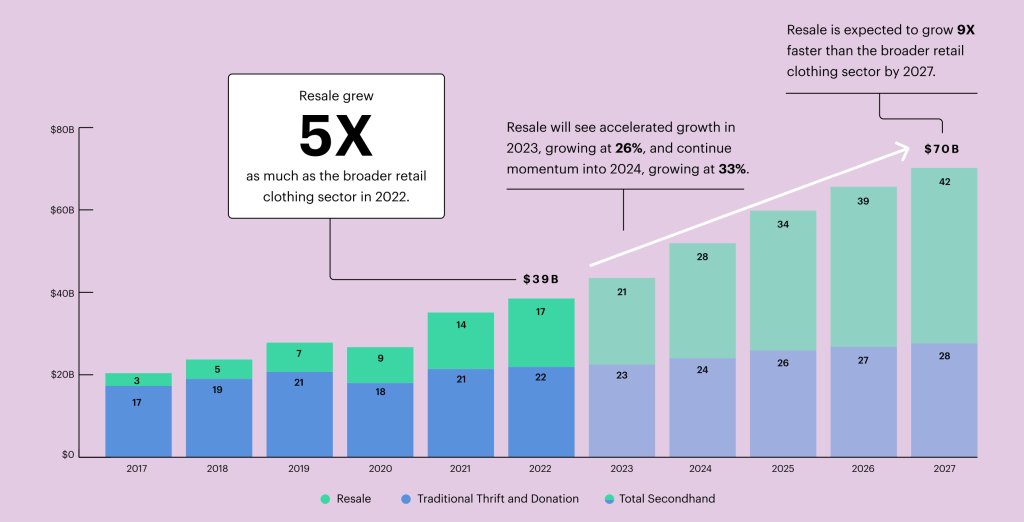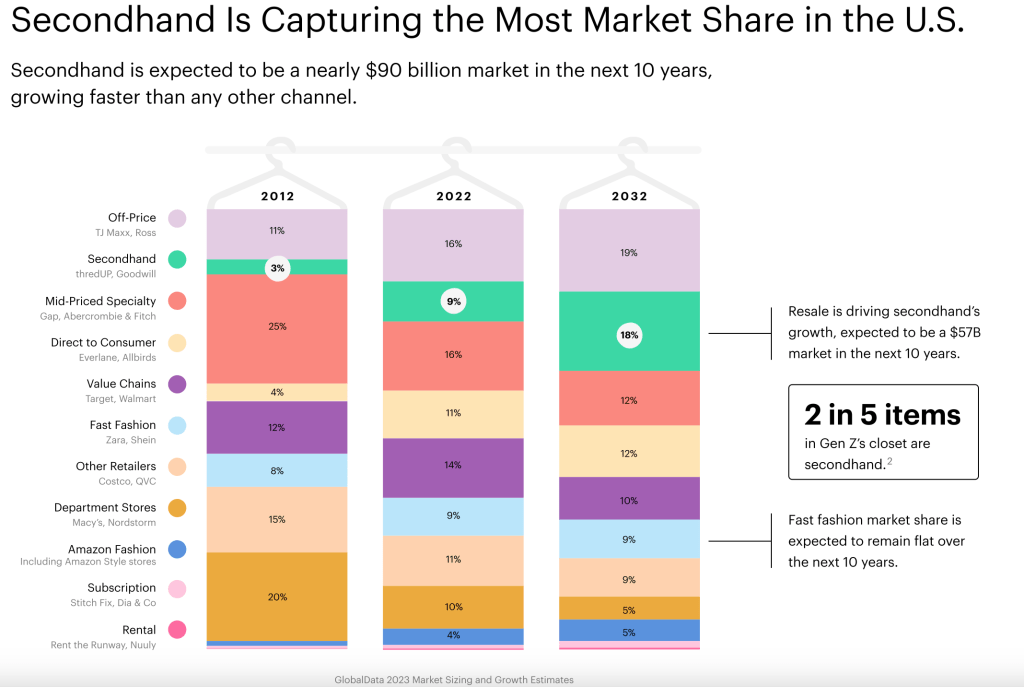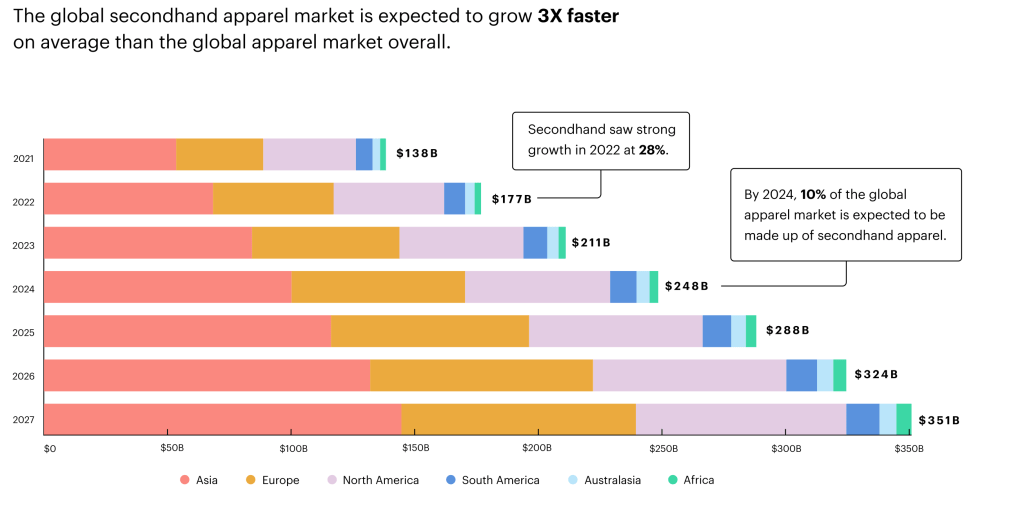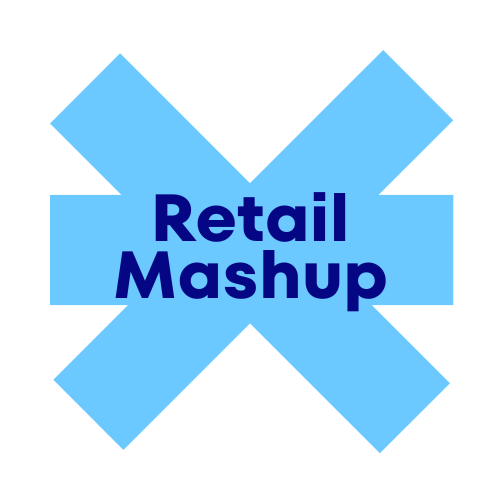Retailers considering adding resale to their business model should think carefully. While it seems like a sound idea for a potential new revenue stream and giving shoppers a warm & fuzzy about environmental efforts — it isn’t producing the expected results.
Table of Contents
Introduction – Resale Market
What Is Resale?
Resale is a sector of the broader “secondhand” market that includes a specifically defined product mix often from the well-merchandised and/or high-end space. Instead of going to traditional secondhand stores like Goodwill, brands themselves along with online retailers like thredUP, The RealReal, and Buffalo Exchange are operating their version. These secondhand options are mostly online though some have a physical presence.
Despite the positive headlines and analyst projections, resale is still a niche product with a small customer base. The siren call of cheap new goods from companies like Amazon and Shein is too strong for shoppers to resist. As reported by the Thredup Resale Report 2023, there has been significant growth in the resale component of the apparel sector in the past 10 years, and is expected to grow into a US$90 billion market by 2032.


However, many retailers are finding resale tough to implement, especially when they see companies like Temu earn more in January than ThredUp did in all of 2022.
Shoppers Aren’t Buying It
Global spending on resale reached a respectable US$177 billion in 2022 with the secondhand market seeing significant growth as inflation and the recession fear impact the global economy. Asia leads the way in the global secondhand apparel market expansion and will operates its biggest market through 2027.

However, this does not come close to what companies selling low-cost new products earn. To compare:
– Thredup 2022 sales = US$288 million
– Poshmark 2022 sales = US$262 million
– Depop 2022 sales = US$85 million
While these earnings are respectable, with an enviable annual growth rate of 15-28%, this doesn’t hold a candle to low-cost new sales:
– Shein 2022 sales = US$20 billion, with 7 years straight of 100% growth
– Zara 2022 sales = US$32 billion, with an average CAGR of 15-27% over the past 10 years
– Amazon 2022 sales = US$43 billion for apparel alone, with Amazon holding over 11% of total online and offline apparel sales in the United States.
Harder Than It Looks
Taking on resale items requires a significant departure from a retailer’s existing supply chain systems. Not only does a used item need to be categorized by the usual color/size/type, but also by condition/age — which takes human hands to correctly assess.
Everything is a one-off, product sourcing is inconsistent and unpredictable, and the low price point puts pressure on profit margins, especially when shipping and returns are factored in. And while it’s a nice idea to reduce landfill waste, retailers will find it hard to justify the cost and effort given the rapid rise of low-cost new product platforms winning the lion’s share of shopper attention. And even if the United States blocks Chinese companies like Shein and Temu from operating in its home market, Walmart is prepping to fill that void.
For retailers offering lower-priced fast-churn items, the introduction of used items makes it harder to differentiate them from existing first-run items in the same category (e.g., daily wear t-shirts). Retailers would also find it challenging to allocate physical real estate for these items (if they are introduced at stores). How should this section be marked off temporarily or permanently?
Retailers should approach resale as a marketing cost rather than a new revenue stream to better set expectations and performance metrics. If you’re looking at resale as a revenue center, you may risk disappointment with high infrastructure costs and low returns.
Follow this link for more information about the Retail Mashup content platform
Follow this link for more insights
Follow this link for more podcast episodes
Follow this link to participate in regular polls


